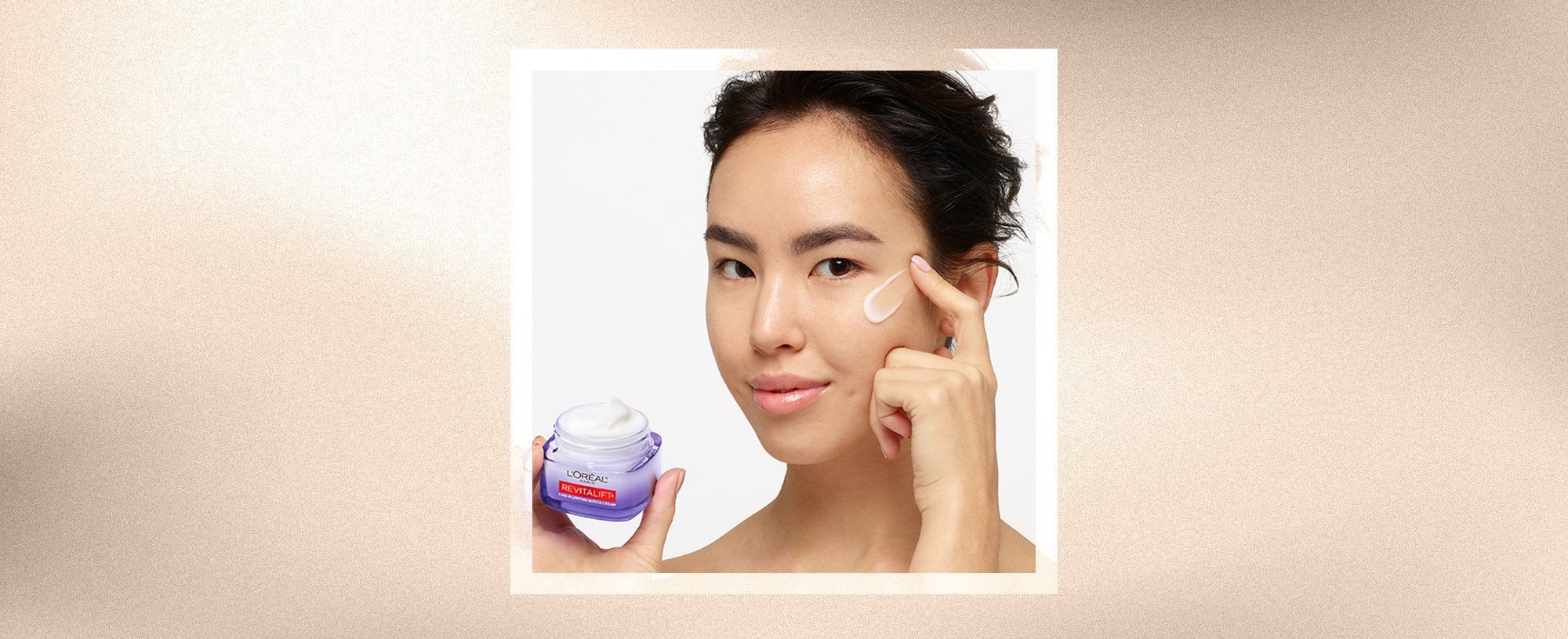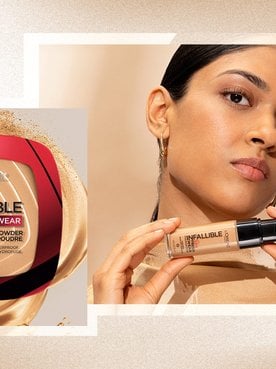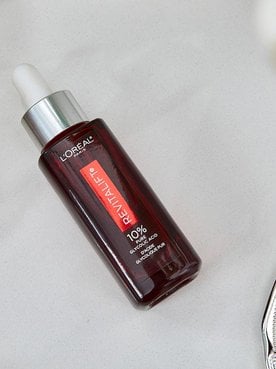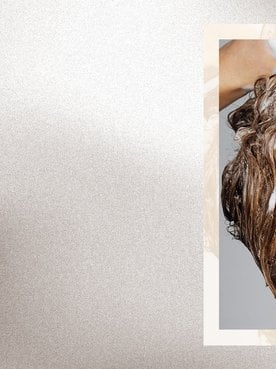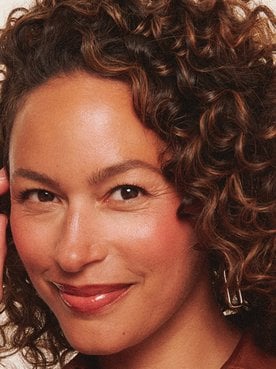Indulging in a facial is one of the most effective ways to care for your skin. Whether you’re new to skincare or already know your way around a routine, learning about the different facial steps and what sets a spa facial apart from a DIY facial can help you make more informed choices. This guide breaks down everything you need to know about both approaches so you can decide what works best for your needs and lifestyle.
What Is a Facial?
A facial is a multi-step skincare treatment that cleanses, exfoliates, hydrates, and nourishes the skin. Whether you’re getting one at a spa or doing it at home, the goal is the same: to improve your skin’s appearance and health. Facials can be customized for different skin types and concerns, from dryness to acne to dullness. They're also a great way to reset your skin and boost its glow.
Types of Facials
Not all facials are the same. There are several different types, each designed to target specific skin concerns. Here are some of the most popular options:
Classic European facial
This is the go-to option for many because it covers all the essentials. A typical session includes a thorough cleansing, exfoliation, steaming, extraction, massage, masking, and moisturizing. It’s a balanced option that helps maintain overall skin health and is suitable for most skin types.
Hydrating facial
Perfect for dry, flaky, or mature skin, this facial focuses on delivering deep moisture. It typically uses humectant-rich products and hydrating masks to replenish the skin barrier, resulting in plumper, softer, and more comfortable skin.
Acne facial
If you’re breakout-prone, an acne facial can help. These treatments often include deep cleansing, extractions, and antibacterial products to calm inflammation and prevent future breakouts. Some versions might also include LED therapy or calming masks.
Anti-aging facial
This facial focuses on collagen stimulation and skin renewal to boost elasticity and reduce the appearance of fine lines. Ingredients like retinol, peptides, or hyaluronic acid are often featured. It’s a great option if you’re looking to firm up or smooth out your skin.
Brightening facial
This type uses vitamin C, exfoliants, or enzymes to revive dull skin and even out tone. It helps reduce hyperpigmentation and leaves your skin looking luminous, ideal if you want to restore radiance and clarity.
What Do Spa Facials Include?
A spa facial treatment is more than just a few skincare steps; it’s an immersive experience led by professionals. Here’s what you can typically expect:
Steps in a spa facial
Step 1: Consultation
Before anything begins, your esthetician will assess your skin type and discuss any concerns or goals you have. This helps tailor the spa facial treatment to your unique needs and ensures that the right products and techniques are used.
Step 2: Cleansing
The facial begins with a gentle cleanser to remove makeup, dirt, and excess oil from the surface of the skin. This helps create a clean canvas for the rest of the treatment, allowing active ingredients to work more effectively. In a spa setting, this step may include a double cleanse using both oil- and water-based formulas to ensure every trace of residue is removed.
Step 3: Exfoliation
Next, dead skin cells are sloughed away using either gentle scrubs or chemical exfoliants such as alpha hydroxy acids (AHAs) or beta hydroxy acids (BHAs). This step helps to smooth out rough texture, unclog pores, and brighten dull areas of the skin. Sometimes, exfoliation may also include the use of enzyme peels or microdermabrasion for more intensive results.
Step 4: Extractions
If needed, your esthetician may manually remove blackheads or clogged pores using sanitized tools and precise techniques. This step targets congestion that’s deep within the pores and can’t be cleared by cleansing alone. This should always be performed in a controlled environment to avoid irritation, inflammation, or scarring.
Step 5: Mask
A targeted mask is applied to address your specific concerns, like hydration, soothing, purifying, or brightening. You’ll often get to relax here while the mask does its job. The ambiance is part of the magic.
Step 6: Massage and moisturizer
Finally, spa facial massage boosts circulation, promotes lymphatic drainage, and helps release muscle tension in the face, neck, and shoulders. It’s followed by the application of a targeted serum and moisturizer to lock in hydration, improve skin texture, and support long-lasting results.
What Is a Home Facial?
An at-home facial lets you recreate the spa experience with what you have in your bathroom cabinet. While it may not include the same advanced tools, it can still be incredibly effective with consistency.
Basic steps in a DIY facial
Step 1: Cleanse
Start with a gentle cleanser to remove dirt, oil, and product buildup. This prepares your skin for everything else. Try the L’Oréal Paris RevitaLift Radiant Smoothing Cream Cleanser, a rich, gentle formula that not only removes impurities and makeup but also helps smooth skin texture. Ideal as the first step in any facial routine, it sets the stage for deeper product absorption and a more radiant complexion. Use lukewarm water and pat your face dry.

Step 2: Exfoliate
Use a scrub or exfoliating acid to slough off dead skin. Don’t overdo it; once or twice a week is plenty. Smooth, freshly exfoliated skin absorbs products better. The L’Oréal Paris RevitaLift 10% Pure Glycolic Acid Serum is an exfoliating treatment formulated with pure glycolic acid and aloe to help visibly even skin tone, smooth rough texture, and enhance radiance.

Step 3: Steam
Drape a warm towel over your face or lean over a bowl of hot water to open your pores. Just five to ten minutes will do. This preps the skin for masks and treatments.
Step 4: Apply a face mask
Choose a mask based on your skin’s needs: clay for oiliness and to help absorb excess sebum, cream-based masks for replenishing moisture in dry or dehydrated skin, or gel masks to calm and cool sensitive or irritated areas. Let it sit for 10–15 minutes, allowing active ingredients to do their job. You can enhance the experience by reclining, dimming the lights, or playing calming music. This is your moment to reset, both your skin and your mind.
Step 5: Tone and moisturize
Use a gentle toner, then seal in moisture with a cream like L’Oréal Paris RevitaLift Micro Hyaluronic Acid + Ceramides Line-Plumping Water Cream, which deeply hydrates and visibly replumps all types of fine lines. This final step helps rebalance the skin, lock in hydration, and leave your complexion looking plump and refreshed.

If you want extra nourishment overnight, apply the L’Oréal Paris RevitaLift Triple Power Anti-Aging Overnight Mask, a rich treatment infused with Pro-Retinol, vitamin C, and hyaluronic acid to visibly reduce wrinkles and boost skin firmness.

Affordable and convenient
The beauty of a DIY facial is that you can do it anytime, anywhere: before bed, during a quiet morning, or even while binge-watching your favorite show. It’s a cost-effective way to keep up with regular skincare and ideal for weekly maintenance, especially when using high-performing drugstore staples. With products like exfoliating glycolic acid serums or deeply hydrating overnight masks, you can easily build a routine that targets your needs. Plus, the flexibility means you can customize the experience to match your schedule, energy level, or skin condition of the day.
Limitations of at-home facials
That said, at-home facials have their limits. You won’t have access to professional-grade tools like microdermabrasion devices, high-frequency wands, or steam machines, nor will you benefit from the precision of trained hands during extractions or massage. Products used at home are typically milder in concentration to ensure safe self-application, and while they’re effective with consistent use, they may take longer to deliver visible results. Customization also depends entirely on your knowledge of ingredients and ability to assess your skin’s evolving needs.
Shop the Products
Home vs. Spa: Key Differences
Expertise
A spa facial is performed by a licensed esthetician trained to assess your skin’s condition, identify concerns, and apply professional techniques and products safely and effectively. Their experience allows for deeper customization and more targeted results. In at-home facials, you’re learning through trial and error or online research, which is helpful for maintenance but doesn’t replace professional assessment or technique.
Equipment
Spa facial treatments use advanced equipment like facial steamers, high-frequency tools, ultrasonic extractors, or LED light therapy devices to enhance results. These tools allow for deeper cleansing, better absorption, and more precise treatments. In contrast, home facials typically involve minimal tools, like your hands, a warm towel, a bowl of steam, and basic applicators like brushes or cotton pads. But you can get good results with DIY facials, especially when you really need a quick solution and don't have that much to spend
Product Quality
Spa facials often use high-potency, medical-grade, or spa-exclusive formulas with higher concentrations of active ingredients, formulated for professional use and visible results. These products may include stronger exfoliants, customized masks, and advanced serums. Home facials use over-the-counter products that are gentler and more accessible, such as drugstore cleansers, masks, and moisturizers, which can be very effective over time with consistent use.
Customization
A professional facial is highly personalized. Your esthetician can adjust each step in real-time based on your skin’s immediate reaction or needs. They might switch products mid-treatment or incorporate add-ons like extractions or specialty masks. At home, customization depends on how well you understand your skin and the range of products you have on hand.
Relaxation Level
A spa facial is a multisensory experience often enhanced by a calming atmosphere, aromatherapy, soothing music, and facial massage. The result is a deeply relaxing and restorative session. Home facials can also be relaxing, but the experience depends on how much effort you put into creating a similar ambiance and whether you put that time aside to spend on yourself with no distractions. (By the way, you are worth it!)
Cost
Spa facials can be an investment, with prices reflecting the expertise, professional tools, and time involved. They’re often worth it for targeted skin concerns or occasional deep treatments. Home facials, on the other hand, are much more cost-effective. Once you purchase your favorite products, they can be reused many times, making this option ideal for budget-conscious skincare lovers.
Frequency
Most professionals recommend a spa facial every four to six weeks to maintain healthy skin, especially if you’re targeting specific issues. DIY facials can be done more frequently as part of a regular routine or to help manage skin health between pro treatments.
Next Up: 13 Must-Try Tips for Glowing Skin
Photo courtesy of L’Oréal Paris
Photo credit: IG/@deena.thebeautystandard, @lwd_esthetics
